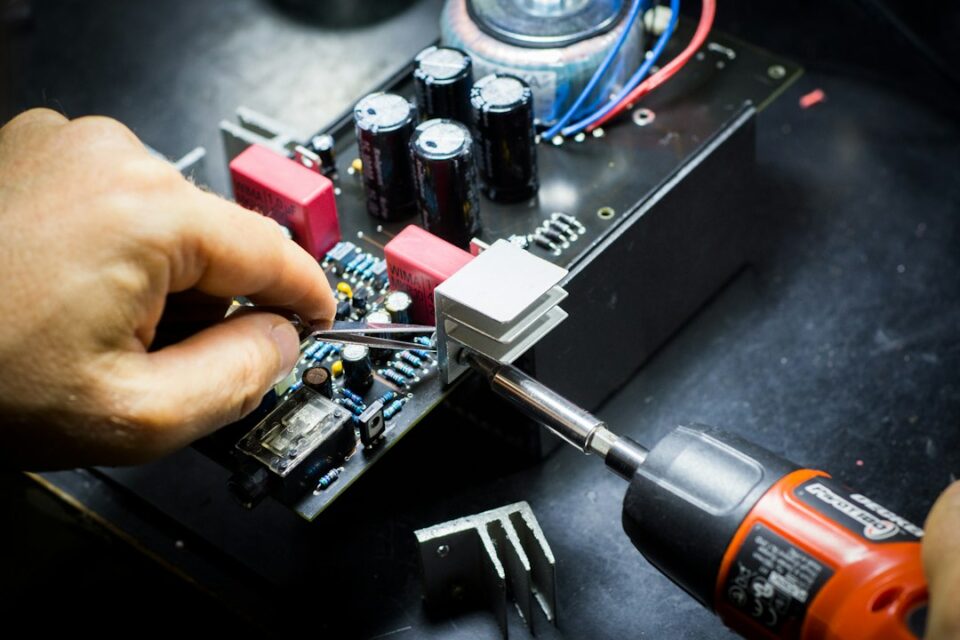The manufacturing industry plays a crucial role in our modern economy. It involves complex processes and machinery, which are prone to wear and tear over time. Any downtime in manufacturing operations can have serious implications on productivity and profitability. This is where the role of predictive maintenance comes in, helping to reduce downtime and keep production running smoothly.
Predictive maintenance is a proactive approach that uses advanced technologies and data analysis to determine when equipment is likely to fail or require maintenance. Instead of following a fixed schedule for maintenance, predictive maintenance helps manufacturers optimize their maintenance activities by identifying the most efficient times for repairs or replacements.
One of the primary benefits of predictive maintenance is its ability to significantly reduce downtime in manufacturing. By utilizing real-time data, manufacturers can identify potential equipment failures before they occur. This gives them the opportunity to schedule maintenance during planned downtime or non-peak hours, minimizing the impact on production.
The use of sensors and data analytics is crucial in predictive maintenance. Sensors installed on equipment collect data on various parameters such as temperature, vibration, noise levels, and energy consumption. This data is then analyzed using advanced algorithms to detect anomalies or patterns indicative of equipment failure. Manufacturers can set up automated alerts and notifications to inform them of potential issues, enabling them to take prompt action and prevent breakdowns.
Predictive maintenance also helps manufacturers optimize their resources. Traditional maintenance approaches often result in both over and under-maintenance. Over-maintenance involves performing unnecessary repairs or replacements, which can be costly and wasteful. Under-maintenance, on the other hand, can lead to unexpected breakdowns and longer downtime. By accurately predicting maintenance needs, manufacturers can avoid unnecessary costs while ensuring equipment reliability.
Another advantage of predictive maintenance is the ability to extend the lifespan of equipment. Regular maintenance can help identify and address small issues before they escalate into major problems. By addressing these issues proactively, manufacturers can avoid costly breakdowns and increase the overall lifespan of their equipment. This ultimately leads to cost savings and improved productivity.
In addition to reducing downtime and optimizing resource allocation, predictive maintenance also improves safety in the manufacturing industry. Faulty or malfunctioning equipment can pose serious risks to workers and the facility. Predictive maintenance helps identify potential safety hazards, allowing manufacturers to address them before accidents occur. By ensuring equipment is in optimal condition, manufacturers can create a safer working environment for their employees.
Implementing predictive maintenance in manufacturing requires an investment in technology and expertise. However, the benefits outweigh the costs in the long run. By reducing downtime, optimizing resources, extending equipment lifespan, and improving safety, predictive maintenance can significantly enhance manufacturing operations.
As technology continues to advance, predictive maintenance is becoming more accessible and easier to implement. There are now various software solutions and platforms available that can automate data collection, analysis, and notification processes. This enables manufacturers to harness the power of predictive maintenance without requiring extensive technical knowledge.
In conclusion, predictive maintenance plays a vital role in reducing downtime in manufacturing. By leveraging real-time data and advanced analytics, manufacturers can identify potential equipment failures before they occur and schedule maintenance during opportune times. This not only minimizes the impact on production but also optimizes resource allocation and extends equipment lifespan. As technology continues to evolve, predictive maintenance is expected to become an indispensable tool for manufacturers looking to streamline operations and stay competitive in the ever-changing manufacturing landscape.

